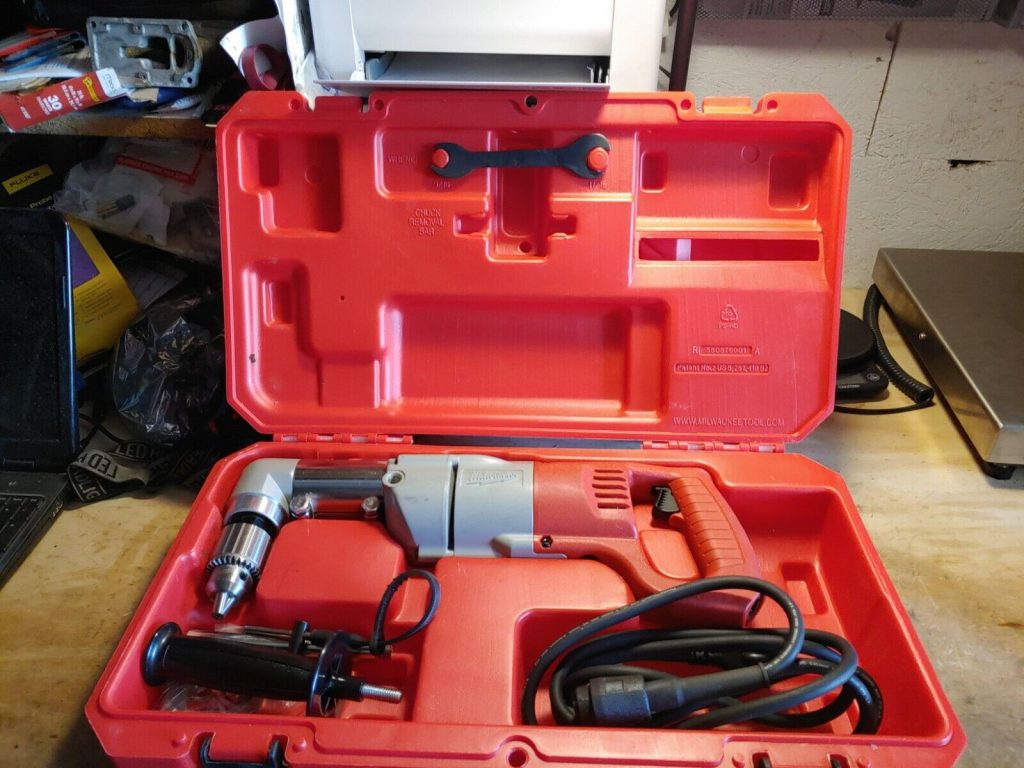Intel’s new AI-focused Lunar Lake processor platform has made its debut, with early tests showing impressive results. Laptops powered by the second-generation Core Ultra chips, like the Asus Zenbook S 14, have begun to arrive, offering a glimpse into the future of AI-driven computing.
These processors, building on the first-generation Meteor Lake chips, feature onboard neural processing units (NPUs) designed for local AI tasks. The Lunar Lake chips are expected to handle trillions of operations per second (TOPS), delivering faster and more efficient AI performance.
A key highlight from early testing is the remarkable battery life, with the Asus Zenbook S 14, equipped with a Core Ultra 7 258V processor, demonstrating nearly 24-hour battery endurance. This chip, which includes a mix of four performance cores and four low-power efficient cores, is tailored for both high-performance tasks and background AI processes. The NPU offloads AI tasks like video and audio enhancements, allowing the CPU to focus on more demanding applications without slowdown.
In benchmark testing, the Core Ultra 7 258V performed well across a range of productivity, multimedia, and AI tasks. While it didn’t consistently outperform competitors in all areas, the laptop excelled in certain tasks like image editing with Adobe Photoshop. The AI-specific benchmarks showed some promising results, particularly in tasks that leveraged Intel’s OpenVINO framework, demonstrating significant gains in NPU performance. However, cross-platform comparisons in AI benchmarks remain challenging as the field is still developing.
On the graphics front, the integrated GPU in the Zenbook delivered average performance compared to systems with discrete GPUs. While suitable for casual gaming and light 3D tasks, more demanding applications would benefit from a system with dedicated graphics hardware.
Overall, Intel’s Lunar Lake processors are shaping up to be a game-changer in AI-driven computing, with notable improvements in both power efficiency and AI processing capabilities. However, for those seeking top-tier graphics performance, a system with a discrete GPU may still be the better option.



